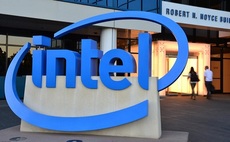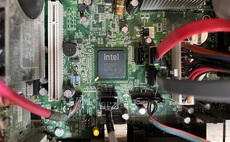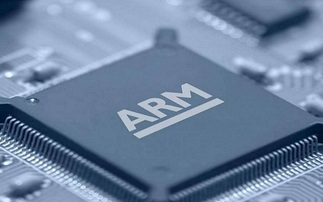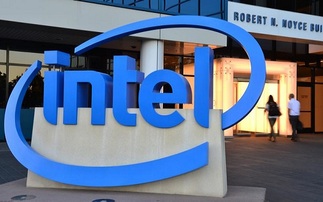Practical limits of Moore's Law to be reached in five years time, claims Semiconductor Industry Association
The practical limits of Moore's Law will be reached as early as 2021, according to the Semiconductor Industry Association (SIA) in its latest International Technology Roadmap. Moore's Law is the...
To continue reading this article...
Join Computing
- Unlimited access to real-time news, analysis and opinion from the technology industry
- Receive important and breaking news in our daily newsletter
- Be the first to hear about our events and awards programmes
- Join live member only interviews with IT leaders at the ‘IT Lounge’; your chance to ask your burning tech questions and have them answered
- Access to the Computing Delta hub providing market intelligence and research
- Receive our members-only newsletter with exclusive opinion pieces from senior IT Leaders




















